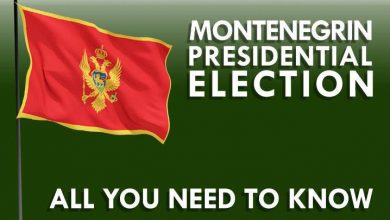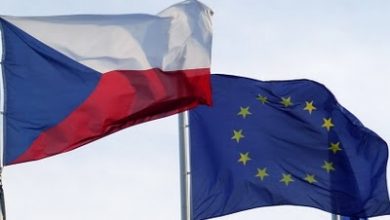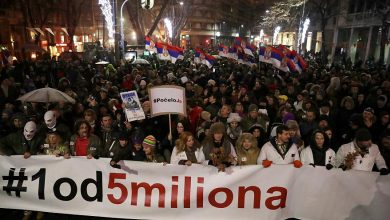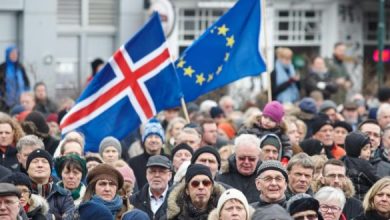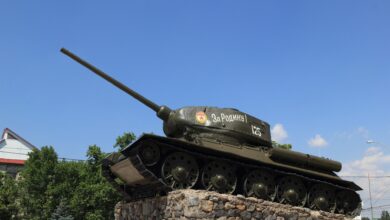Dutch Coalition Talks Break Down – What Next?

The Netherlands voted for their parliamentary elections on March 16th and the largest party gained only a fifth of the votes, with another 12 parties gaining at least one seat in parliament. This meant that parliament faced the almost impossible task of forming a government with at least 4 parties in order to set up a majority government. An attempt was made Tuesday. And it failed.
What is the Dutch political landscape?
To understand what is going on we have to look at the Dutch political climate. The Netherlands is a country with a wide variety of parties, but the two front runners alone are usually able to garner over 40% of the votes. This election, however, was different. Normally there is a crisis of one form or another that makes many voters choose strategically. During the last two election, in 2010 and 2012, the financial crisis gathered the voters around a right-wing and left-wing party, who gained 40% and 52% of the votes respectively. In 2017 the Netherlands is doing much better; unemployment is at a 5 years low, GDP grew by 2,1%, and this was the first government to sit out its full 4-year term in 15 years. There was no urgency to vote strategically, leaving The Netherlands in the politically divided climate it is today, where at least 4 parties are needed to form a majority government.
How to form a coalition?

It was clear that a coalition would need to include, at least, the ruling VVD, the Christian Democrats, and the centrist D66. These three parties had governed together before at one point or another and their views are reconcilable. Together they hold nearly 46% of the votes and thus need a fourth party to govern alongside them with at least 4,1% of the votes to form a majority government. Working together with the Nationalist PVV was not an option to all three parties. Then there are the two socialist parties, both of whom refused to form a government with the trio. Leaving only one party: The Green-Left.
Today, june 13th, the second attempt at forming a coalition failed. The four parties agreed on nearly all aspects, but at the last moment the Green-Left party pulled out of the negotiations. But why? Immigration. The Netherlands and the EU are currently negotiating with non-EU countries to finalize a deal on sending economic migrants back to their country of origin. According to the Green-Left such arrangements work in theory but not in practice.
“We do not want to send back political refugees.” Said Mr. Klaver “We looked at the guarantees so we can be sure they are received properly, as long as they are not there we won’t send anyone back. We won’t do it.” This would normally be a small detail in such negotiations. None of the parties want to send political refugees back to war zones. But according to the Green-Left’s leader he couldn’t trust their commitment to this cause and pulled out.
A Way Forward?

In the immediate aftermath of the breakdown, the other three parties were quick to chastise Mr. Klaver. The prime minister said in an interview: “you promised ‘to change the country’ in front of a room of 10.000 people . Then do it. Join the coalition. Take responsibility”.
The PVV was quick to offer support for the coalition, but the trio had each made a campaign promise not to work together with nationalists. There is talk of letting a small party, the Christian Union, join the coalition to form a near-majority party but the progressive D66 has its reservations towards working with such a conservative party. Either a fourth party joins, the coalition forms a minority government, or new elections are sure to be held.
External contribution by Wouter Russchen

